Installing solar panels in conservation areas or on listed buildings
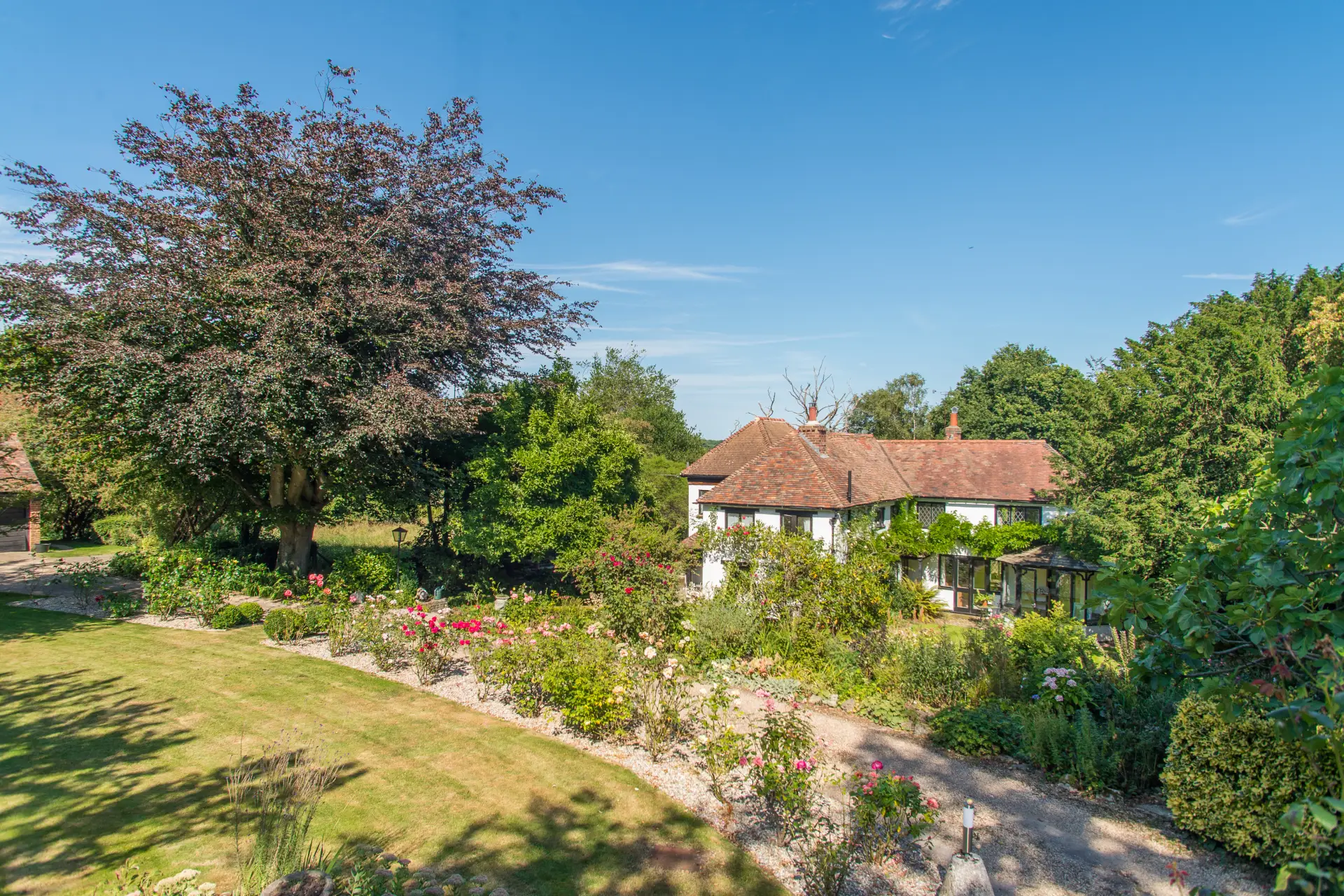
If you live in a conservation area or own a listed building, you will likely need to apply for planning permission and or listed building consent before installing solar panels on your roof. Luckily, PV system installations are encouraged by both Local Planning Authorities and English Heritage, as they improve the energy efficiency of both historic and modern homes.
To improve your chances of gaining permission, you should submit a plan that preserves the area's character and, or the listed building’s original fabric. In most cases, a specialist architect can help you find a suitable solution.
In this article, Heritage And Conservation Expert Anske Bax answers some common questions about installing solar panels on listed and non-listed buildings - in and out of conservation areas.
Can you install solar panels in a conservation area?
Yes, you can install PV systems in conservation areas. In most cases, you will need to gain planning permission before doing any work. If your building is listed, you will also need to apply for listed building consent.
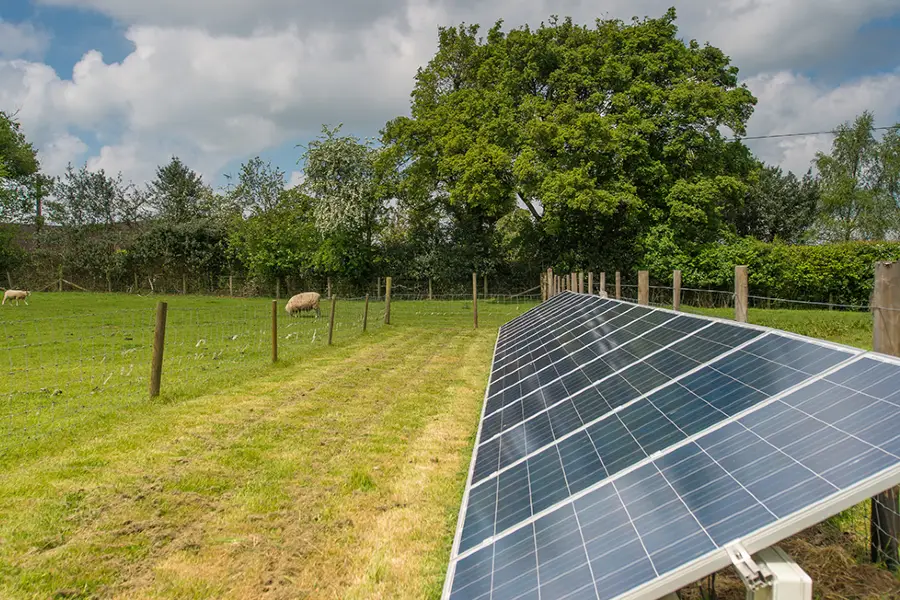
However, Anske recommends calling your Local Planning Authority before you apply. Some boroughs allow to install panels without planning permission if you follow certain requirements.
Here are some key guidelines to help you secure the permissions:
- The panels cannot stick horizontally over 20cm from the wall or roof slope.
- The panels cannot be higher than the main roof’s ridge line or the highest part of a flat roof (excluding features such as chimneys and firewalls).
- The solar panels should complement the existing architecture.
- The panels should be positioned in a way that helps minimise the visual impact on the building’s appearance and the surrounding areas’ attractiveness.
A heritage expert can help you create a persuasive application that takes into consideration the building’s and area’s character.
If your non-listed building is old, Anske recommends hiring a structural engineer to check that the roof is strong enough to support the additional wind, snow, and static load the panels impose. You might need to strengthen the roof structure to meet Building Regulations before you install the system.
When the panels are no longer functioning or needed, you will need to remove them promptly.
Can you install solar panels on listed buildings?
Yes, as long as you gain planning permission and listed building consent. Because listed buildings are protected under UK law, the installation cannot affect the building’s architectural style and original fabric.
An experienced architect will be able to interpret the readability of the building and how it’s experienced by the public. For example, a roof slope hidden from view at street level might be visible from other high buildings or from a nearby hill. Mounting solar panels on it would harm the building’s character.
When there is no suitable location for solar panels on the building’s roof, you should find an alternative solution, such as a ground-mounted array. This can be installed up to 15 metres from the principal building and needs to be concealed using landscaping or fences.
Key requirements for solar panel installations on listed buildings
The installation should be planned so there is little to no damage to the building’s original fabric. Having said that, some tiles or slates might break during the work, so it is essential you ensure you can source replacements before you start any work.
Because PV panels have a short lifespan compared to buildings, you will also need to ensure the array is easy to remove.
Finally, as with non-listed buildings, the installation must comply with Building Regulations so the roof can support the panels in any weather conditions.
Roof type considerations
Different roof materials require different approaches to PV system installations.
- Tiled roofs - the system’s anchors need to be secured to the rafters. The workers will need to lift the tiles and notch their undersides above the anchors to prevent creating gaps in the roof covering, which can cause water ingress.
- Slate roofs - just like with tiled roofs, the anchors should be fixed to the rafters. For slate roofs, the builders should add a clamp system or lead flashing to ensure a weatherproof seal.
- Lead roofs - to securely anchor handrail systems and other equipment to the roof structure, the workers should build a raised timber block system topped with a lead sheet.
Tips to help solar panels blend with your property and area
Below are Anske’s top tips for blending the solar panel system with your property and the surrounding area.
- Install the system on roof slopes that are not visible from public viewpoints - opt for rear-facing slopes or those facing inner courtyards.
- Ensure the panels will not be visible from other high buildings in the area or nearby hills.
- Choose flush-with-the-roofline panels to maintain the building’s original silhouette and minimise their visual impact.
- Position the panels so they do not conceal original architectural features, such as chimneys, rooflines, or dormers.
- Opt for integrated solar technologies, such as solar slates, tiles, shingles, and skylights.
- Choose solar panels or integrated solar technologies that match the roof’s materials or colour.
- If you need to install a solar array near the building, conceal it with landscaping and fencing.
- Speak to a heritage and conservation expert who can recommend the right panels for your building.
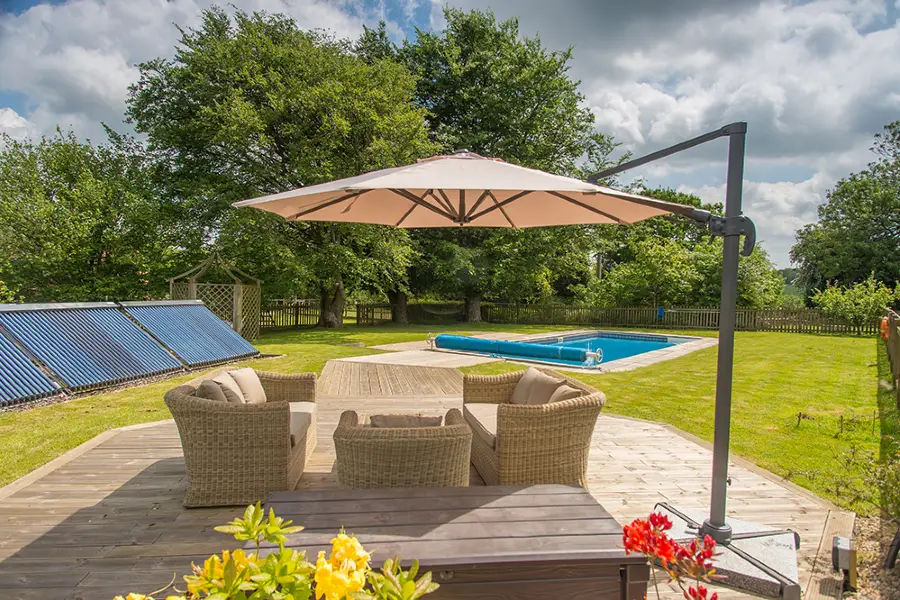
Integrated solar technology options
If you are keen to minimise the visual impact of solar panels on your listed building, there are multiple options on the market.
- Solar slates: low-profile solar panels that resemble traditional slate tiles.
- Solar tiles and shingles: subtle solar panels designed to look like tiles and shingles.
- Solar skylights - unobtrusive solar panels integrated into skylights that resemble glass.
If you’re planning on adding a PV system to a new build, opt for roof-integrated solar panels, sometimes called inlaid solar panels. The panels sit flush with the roof, on the same level as the tiles.
What should a PV application include?
The PV application should include the existing drawing of the elevation impacted by the panels, the proposed installation drawing, and a justification and heritage statement to cover the system’s impact. A specialist architect with heritage and conservation expertise can produce these.
The architect will work with your chosen solar company to submit documents explaining how the system will be arranged, the inverters' sizing, the near and far shading impact throughout the year, and more.
Before planning a solar panel installation on a listed building…
If you’re considering installing solar panels on a listed home, you should first ensure the building’s energy efficiency is optimised. By lowering your total energy consumption, you can enhance the percentage supplied by the PV system, helping you save money and reduce carbon dioxide emissions.
You can improve the listed building’s energy efficiency by:
- Adding insulation
- Upgrading windows and doors
- Installing heat pumps
- Performing regular maintenance to prevent draughts
- And much more.
To improve energy efficiency in listed buildings, hire specialists who can design schemes that preserve the building’s original fabric while minimising energy demand.
How we can help
At James Clague Architects, we can help you establish if and where you can install solar panels on your property, obtain listed building consent and planning permission, produce a plan for the installation, and oversee it. If the Council requires a roof structure appraisal, we work with our sister company BSF Engineering.
At Littlebourne, a project we managed in Kent, we designed a barn conversion specifying "GB-SOL" solar PV tiles surrounded by traditional slate roof tiles. We often recommend using solar-integrated technology. It’s efficient and helps listed and non-listed buildings in conservation areas and AONBs blend with their context.
Our heritage consultant Anske Bax, works at the James Clague offices in Canterbury and Tunbridge Wells, covering Kent, Sussex, Surrey, and the South East. Book a consultation with Anske here or call 01227649073.
We offer a free consultation to help assess what you're trying to achieve, how we can help and explain the process.
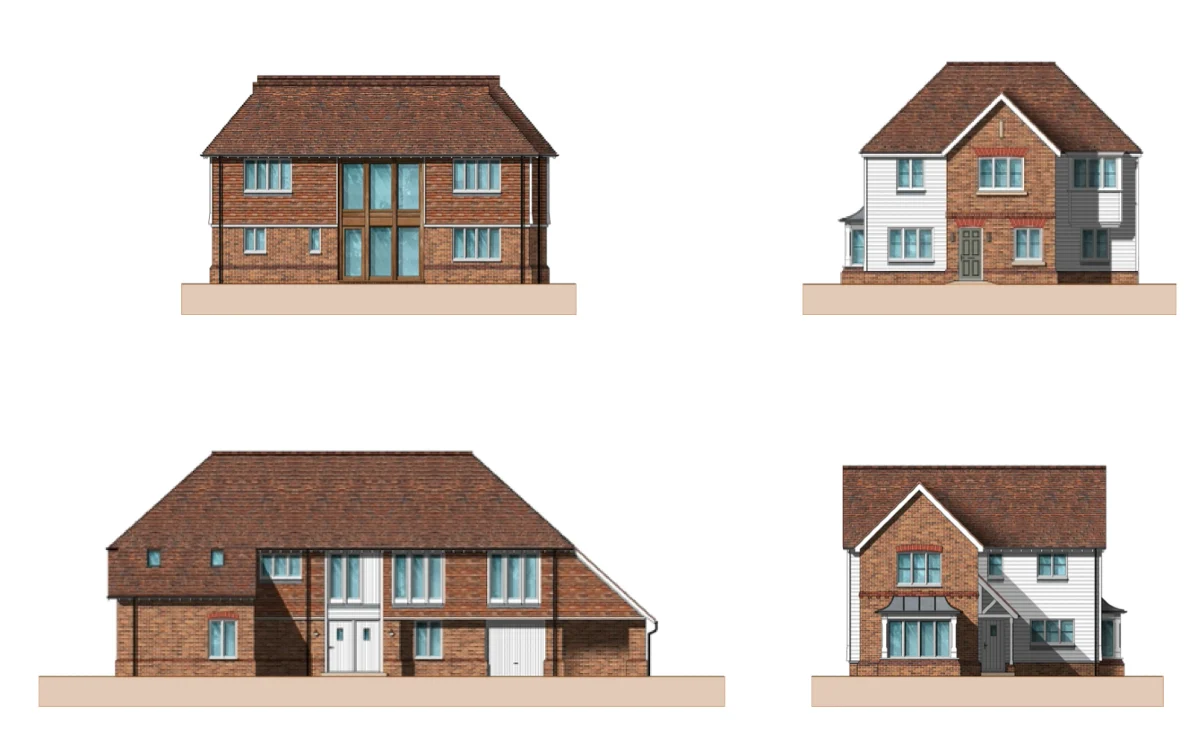
Bellview, Frittenden, Sensitive Housing Consultation
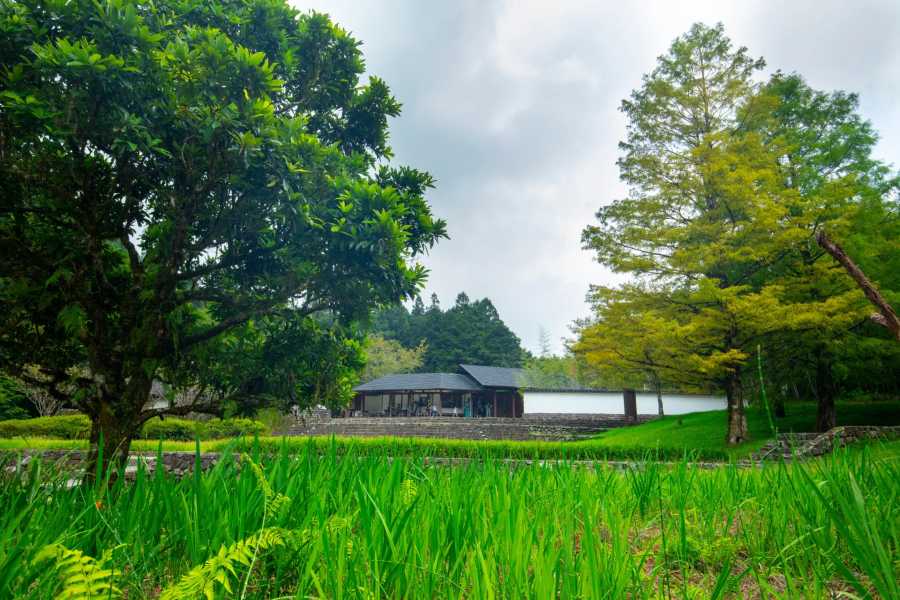
Building on Rewilding Land: Lessons from an RIBA-nominated Architect
Our team of specialist architects offer a completely free and no-obligation telephone consultation to discuss your project, explain the process and how we can help.

